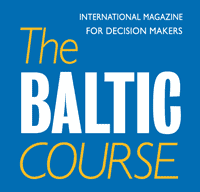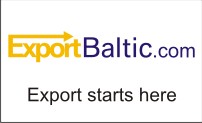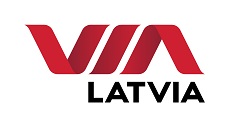Agriculture, EU – Baltic States, Markets and Companies
International Internet Magazine. Baltic States news & analytics
Thursday, 08.05.2025, 06:01
Agro policy: success and fiasco during last 5 years
 Print version
Print versionDanish representatives in the Commission have been 3 times in the helm of the agricultural sector. Initially, from the period when Denmark joined the Community, it was Finn Gundelach (from 1974), then from 1981 to 1985 – Poul Dalsager, and finally, Mariann Fisher Boel from 2004 to 2010.
It does not mean, of course, that Danish representatives explored their post for the national benefits. On the contrary, the commissioner makes an oath to serve “the European interest”, not the national one.
What is important, that agro sector in the EU is a very expensive one for the Union’s budget: it was always from 35 to 50 per cent of the whole. The only exception was 2008 when the direct support scheme was reduced to 25 per cent of the budget (probably because of the growing prices for agro produce). In total, the EU budget for agriculture and rural development is still worth about €40 bln yearly.
Policy priorities
During 1990s, the main trend was price support, both through customs and through price intervention. Thus, that kind of support indirectly influenced environmental issues and rural development.
In 2003 the EU introduced big agro-reform with, among other things, change in farmers income support towards that of rural districts with de-coupling of production and profits. Then comes reform of the market sector, e.g. sugar reform in 2005 when the wholesale sugar price was reduced by almost 40 per cent and environmental measures were introduced. That was done mainly in view of the developing countries sugar production, which gained a lot through libaralised European sugar market without subsidies.
Most of the reforms during Boel’s term were associated in 2007 with vegetables, vine and fruits’ market.
Then in 2008 came so-called “health check” reform with the constant drive for reducing direct farmers’ support with a trend towards rural and district policies. However, France and other “farmers’ lobby” strongly rejected these proposals.
Lack of political will to liberalise agro sector ended up in derailed agreement with WTO in the DOHA-round.
The new agro-commissioner, Dacian Ciolos is coming from Rumania, the country with low-efficient agricultural sector. Besides, it was easier to reform EU’s agriculture during 2007-08, when global prices were high internationally rather then presently, at a time of crisis, when nationalist and protectionist trends dominate.
However, the dilemma is still old-aged: keeping high EU subsidies or sector’s libarilisation.
The common agricultural policy after 2013
The debate on the future shape of the EU common agricultural policy, CAP is going on. What will the CAP look like?
A review is currently taking place of all aspects of the EU budget and the funding of the various policies post 2013. It is anticipated that the Commission will issue a report on the CAP and the political debate will follow with possible agreement on the principles and policy priorities. These will then become the basis for the preliminary drafting of the financial perspective for 2014-2020.
The current overall funding package for the CAP is fixed for 2007-13. It was noted at the time that the policy should be reviewed before the next period. Some action has already been taken in the "health check" of the CAP, which took place in 2008 to prepare the way for post 2013.
The debate on the “CAP post 2013” will mainly focus on the need to have a strong EU policy for agriculture and rural development, which will:
- address concerns about food security while the world's population is rapidly increasing;
- ensure good land management of our EU territory, 80% of which is covered by farming and forestry;
- help the EU and the member states to tackle the problem of climate change: farming will have to cut its emissions as well as adapt to the effects of climate change; and
- support balanced development in our rural areas where more than half the EU's population live.
The EU agro policy priorities:
- the CAP leaves room for farmers to be as market-oriented as possible;
- the CAP gives farmers some kind of safety net so that occasional crises do not inflict serious long-term damage on our production base;
- the CAP helps farming to modernise, to provide public goods (such as maintaining attractive cultivated landscapes, contributing to the cultural heritage of regions or enhancing the environment) and to meet various new challenges such as climate change.
The Commission expects to start the formal procedure by launching a public debate with a major policy paper (so-called 'Communication') on the future shape of the CAP. This would be followed by legal proposals together with financial perspective proposals.
See: http://ec.europa.eu/agriculture/cap-post-2013/index_en.htm








 «The Baltic Course» Is Sold and Stays in Business!
«The Baltic Course» Is Sold and Stays in Business!

